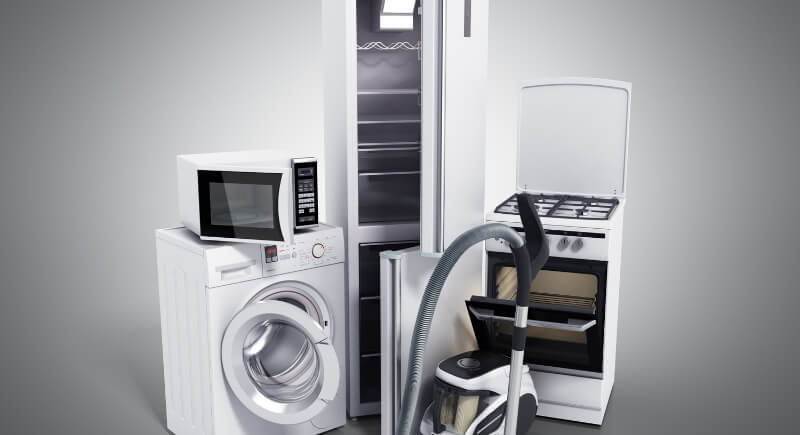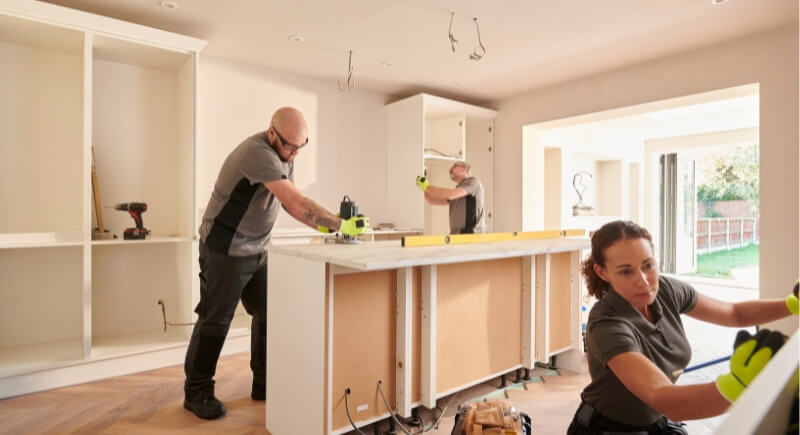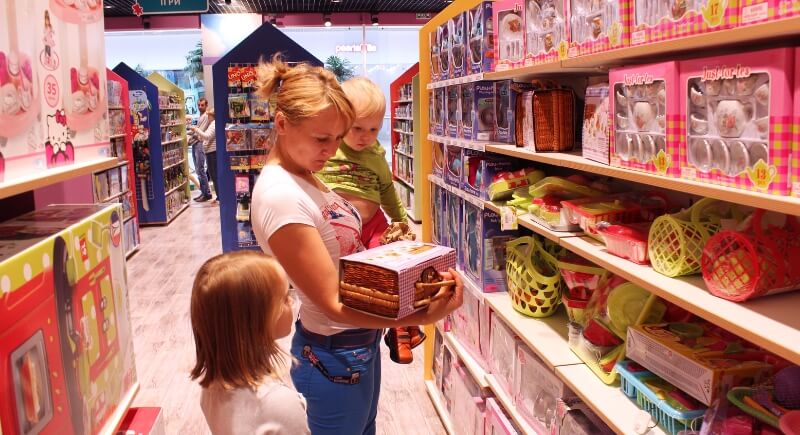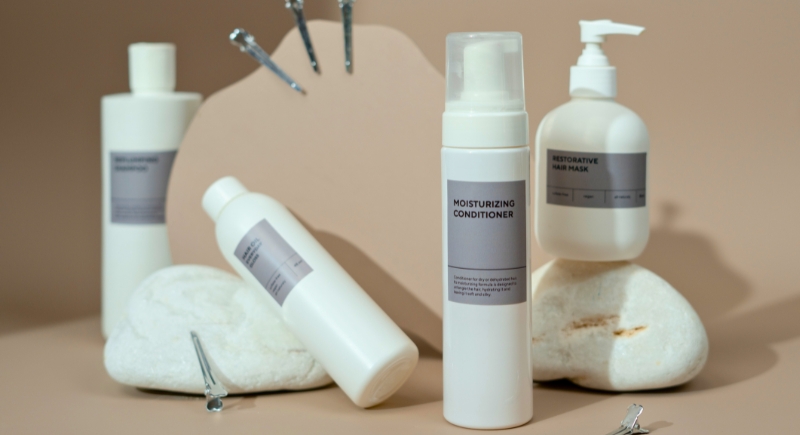President Donald Trump's recent tariffs are set to have a significant impact on American consumers, mostly by leading to increased costs across various sectors. From groceries to gadgets, you're still covering the cost. And often, you don’t even realize it. This guide breaks down exactly how these tariffs continue to drain your wallet:
Your Salad Has Become Financially Suspicious

Credit: Getty Images
Mexico supplies most of America’s tomatoes, avocados, and leafy greens. Trump’s tariffs raised the costs of those imports. Grocery stores adjusted with price hikes and now require you to pay more for a simple salad. Even when produce is “in season,” your wallet still gets hit.
High-Priced Tech Gadgets

Credit: Canva
Tariffs on Chinese tech have made phones, laptops, and tablets more expensive. And you’re not even paying high for upgraded features, just higher prices. The tariff stuck, so the cost stuck, too. Every tech upgrade quietly includes a little bonus fee for trade drama.
Your Car Payment Got a Silent Boost

Credit: Canva
Trump’s steel and aluminum tariffs drove up the cost of car production. Manufacturers passed that cost to buyers. The average new car became $1,000+ more expensive. Even repair bills went up. Owning a car is starting to become a liability now.
Your T-Shirts Just Got Pricier

Credit: Canva
After tariffs, you have to spend more dollars on everyday wear that used to cost less. The U.S. imports over 40% of its clothes from China. When tariffs hit, brands responded by raising prices or shrinking quality.
Your Fridge Might Be Chill, But Its Price Tag Isn’t

Credit: Getty Images
Essential home appliances suddenly have higher upfront costs. Tariffs on imported metals hit appliance makers hard. Whirlpool raised prices by $50 to $150, and others followed. So, that fridge, oven, or washer you replaced recently came with an invisible tariff baked into the sticker price.
That Kitchen Remodel is Suddenly a Luxury

Credit: Getty Images
Home projects cost more in terms of both materials and labor since Canadian lumber and steel faced stiff tariffs, which then made building materials more expensive. New homes cost nearly $9,000 more. DIY renovations and contractor projects got pricier, too.
Your Gas Tank Took a Hit You Didn’t See Coming

Credit: Canva
Canada and China hit back with energy tariffs, which disrupted fuel exports and pushed gas prices higher. Even after global shifts, trade tensions kept prices bumpy. So, every time you fill your tank, part of that cost traces back to tariff fallout.
Scotch Lovers Must Prepare to Pay Up

Credit: Canva
The EU responded to U.S. steel tariffs by taxing American whiskey. The U.S. fired back with tariffs on European wine and spirits, and importers raised prices. That Friday night bottle now includes a tariff surcharge, even if you’re sipping on a budget.
Even Toys Just Got Costlier

Credit: Canva
Most toys come from China. Tariffs hit everything from puzzles to action figures, and toy makers raised prices quietly. During holidays or birthdays, your gift list will ring up higher than it used to, even for the same old plastic dinosaur.
Furniture Shopping Now Feels Like a Splurge

Credit: pexels
Tariffs on furniture imports increased the price of everything from beds to bookshelves. Retailers didn’t eat that cost. They passed it on. Even if you are stuck with budget brands, your couch will probably cost more than it would have five years ago.
Toothpaste, Shampoo, and Tariffs

Credit: pexels
Many grooming products rely on imported ingredients. When tariffs hit packaging and chemicals, brands raised prices across the board. The price of your face wash didn’t double overnight—but it’s been inching up. That small shift adds up month after month.
Even Fido’s Treats Got a Markup

Credit: Getty Images
Pet food and supplies come from abroad, especially China. Tariffs hiked import costs. Retailers adjusted prices on food, toys, and even collars. You might not notice it one bag at a time, but year-round pet parenting now costs noticeably more.
Your Home Gym Got Buff—and So Did Its Price

Credit: Canva
Gym equipment like dumbbells, bikes, and resistance bands got hit with tariffs. When demand spiked during the pandemic, prices shot even higher. That $200 set of weights used to cost half that. You paid more, not for quality, but for trade policy.
Back-to-School Lists Come with Sticker Shock

Credit: Reddit
School expenses grow faster than incomes, year after year. Tariffs on electronics, supplies, and backpacks raised back-to-school costs. According to the National Retail Federation, families now spend over $860 per child. That includes items that didn’t change much, except in price. Buying pencils shouldn’t feel like buying stocks.
That Cute Lamp is Quietly Robbing You

Credit: Canva
Home décor items like lamps, rugs, and vases were part of the tariff wave. Imports got pricier, and so did store prices. What used to be a $30 accent piece now runs you $45. Upgrading your space costs more with every purchase.
